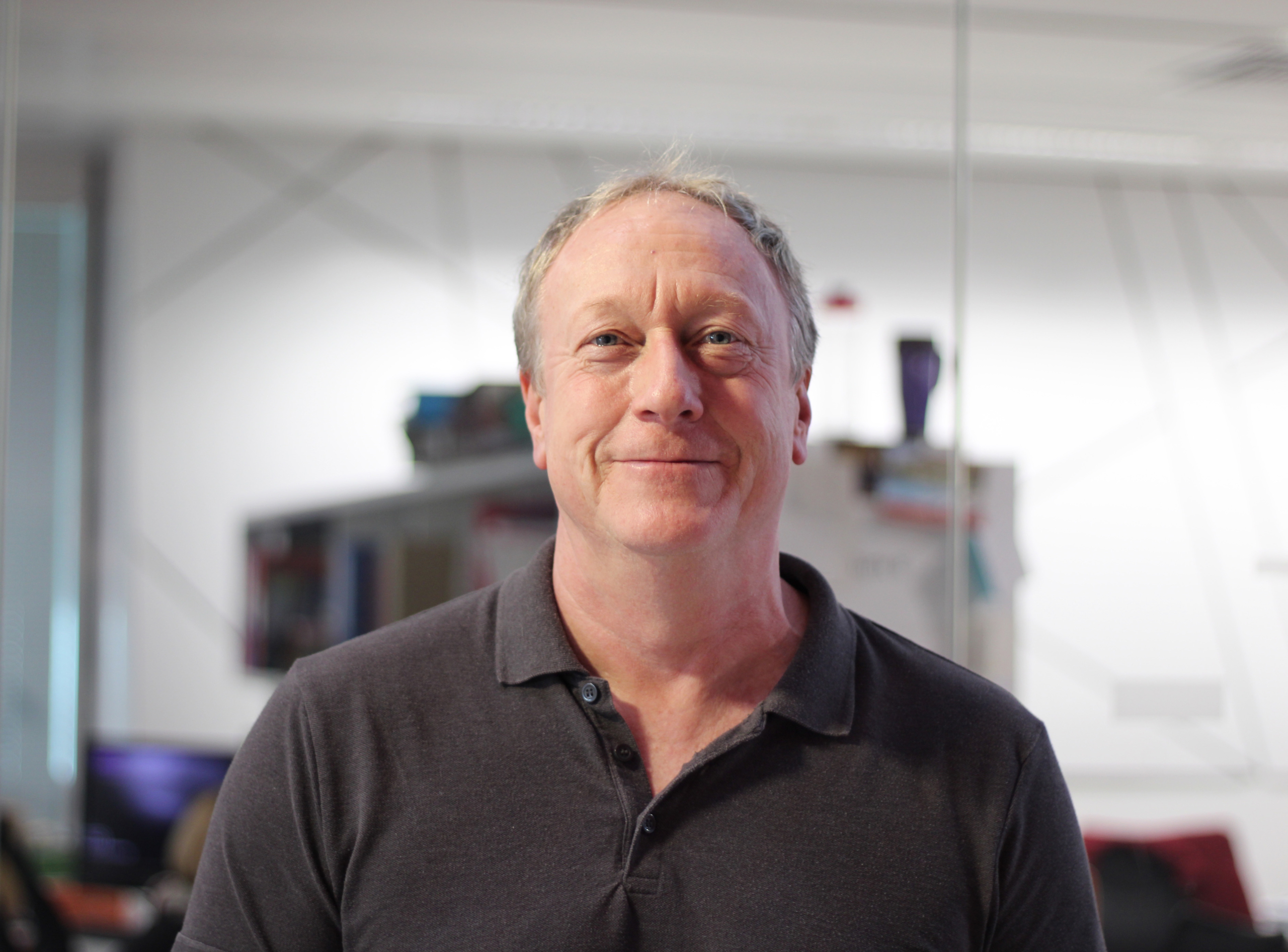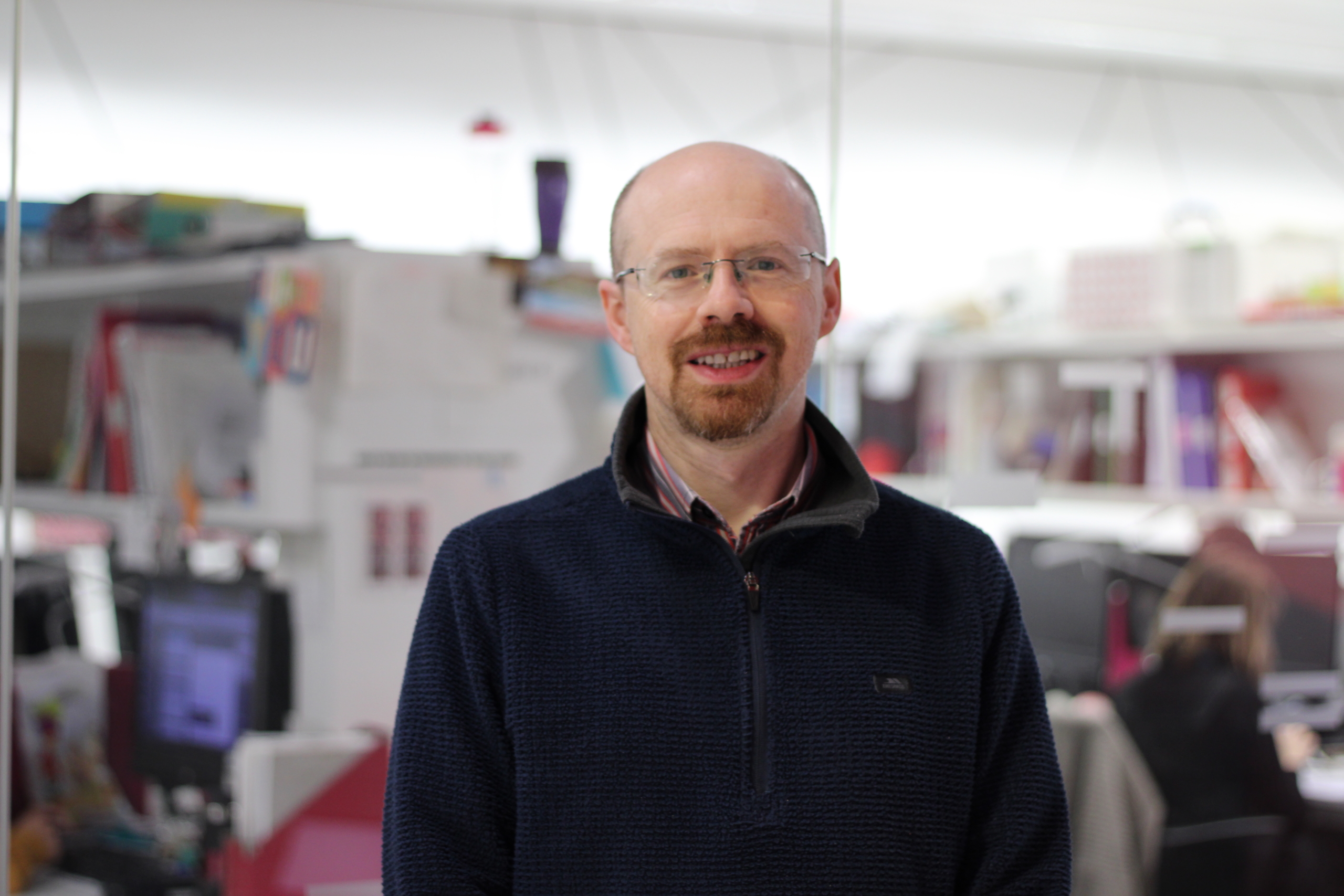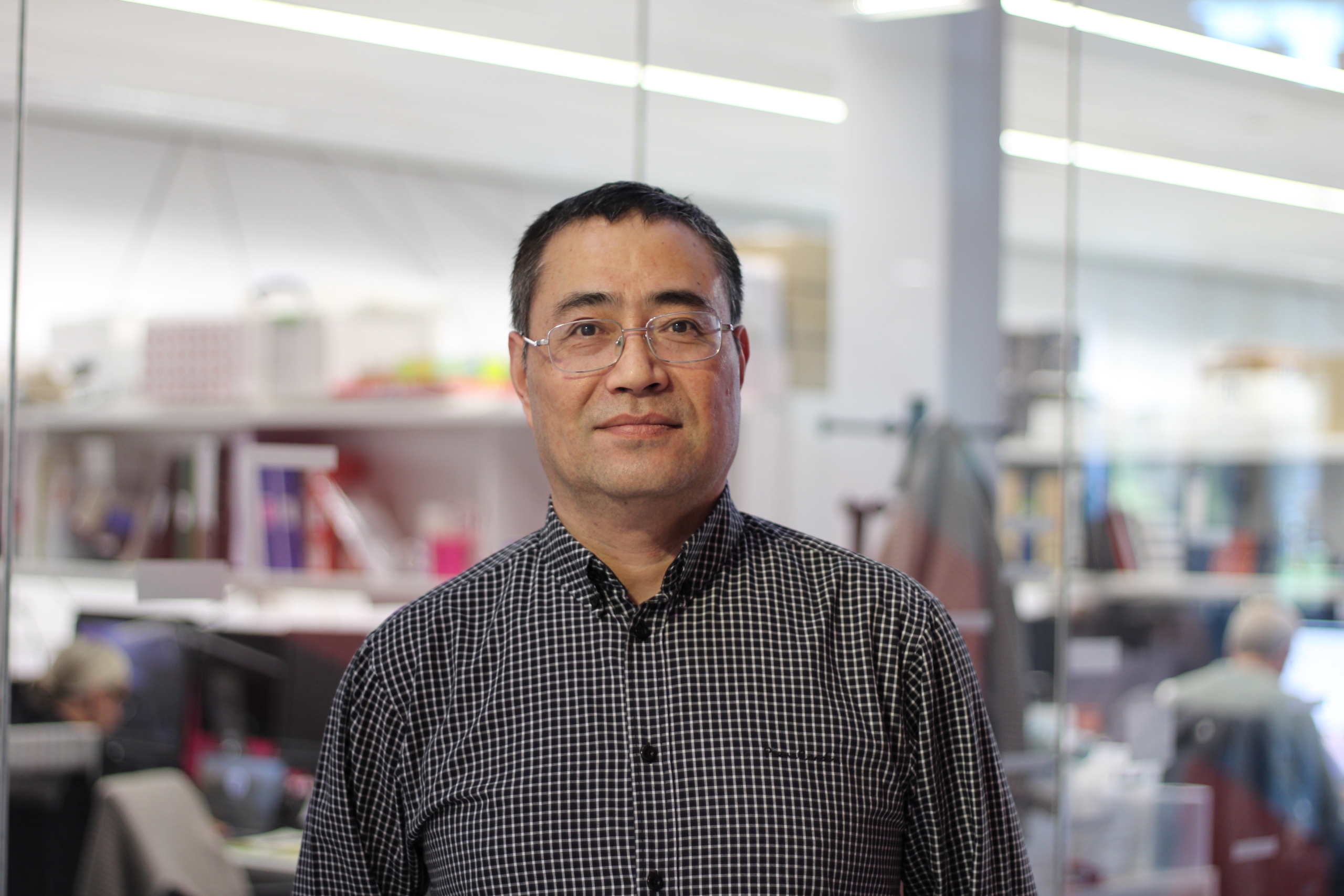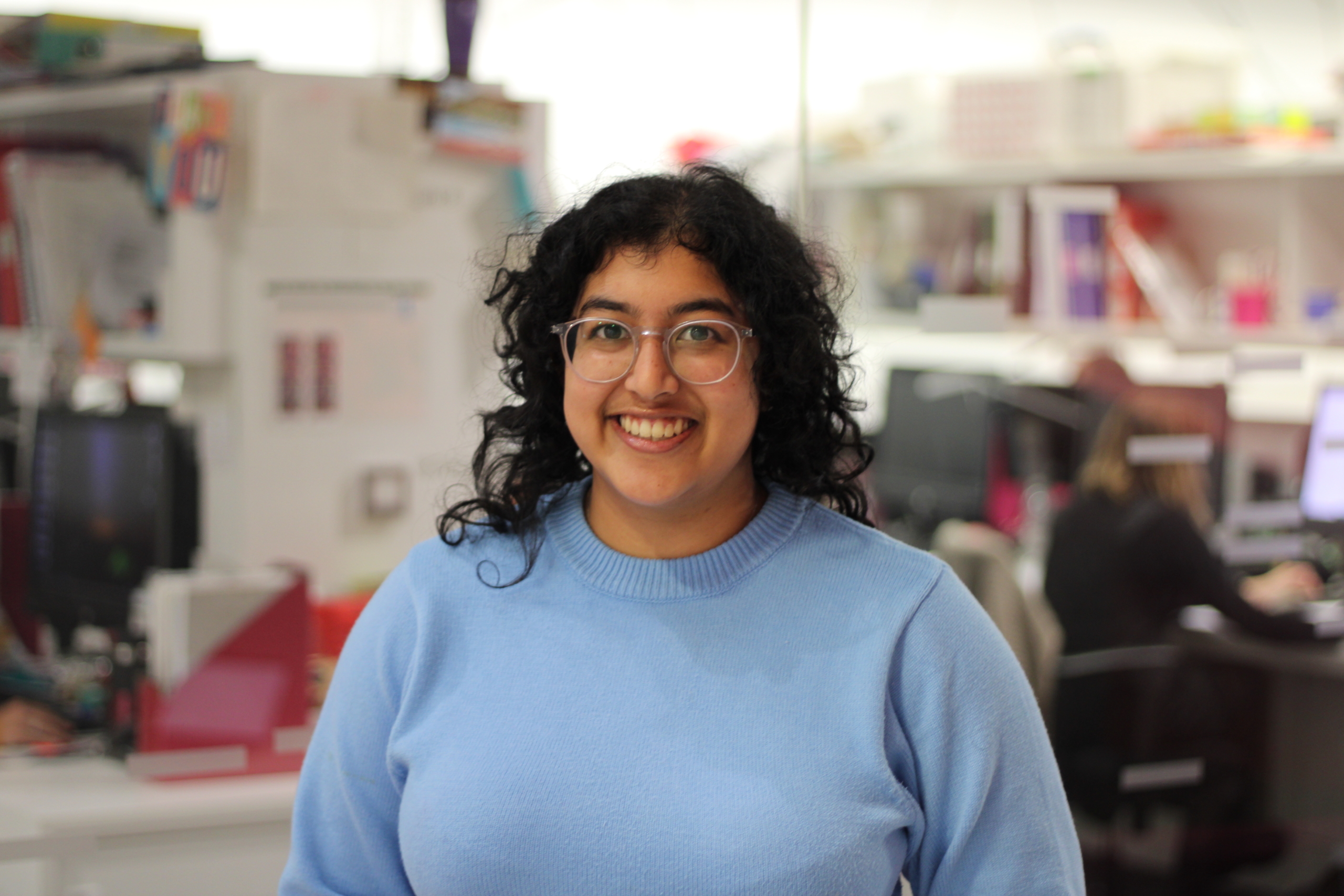The tumour microenvironment defines the environment that closely surrounds a tumour, and can affect how a tumour grows and develops or can itself be changed by the tumour itself. Our work investigating this microenvironment and any associated genetic instability explores functional and multi-omic approaches to understand intra-tumour heterogeneity, radioresistance and metastasis.
Meet the research team

Robert
Bristow
Director, MCRC and CRUK Manchester Centre

Ananya
Choudhury
Chair and Honorary Consultant

David
Wedge
Professor of Cancer Genomics and Data Science

Andrew
Tracey
Research Project Manager

Steve
Lyons
Senior Scientific Officer

Martin
Swinton
Clinical Fellow

Maria
Jakobsdottir
Bioinformatician

Xiaotong
He
Bioinformatician Post-Doctoral Research Associate

Mahari
Rodrigo
Scientific Officer
At a Glance: The tumour microenvironment and genetic instability
This work package will explore the interplay between hypoxia, radiosensitivity and genetic instability through both clinical and informatics approaches. New biomarker trials e.g. HYPROGEN investigating hypoxia, genomics and multi parametric MRI, and MR-BIO with sequential MR-imaging data and paired tissue collection are examples of studies with a multi-omics approach to biomarker discovery and validation.
The aligned OE-MRI programme will explore the role of functional imaging in demonstrating response to hypoxia-modifying therapy in cervix cancer patients. The programme makes use of our MR-Linac facility allowing OE-MR imaging during treatment to explore associations between radiomic parameters and tissue biomarkers. Related bioinformatics work feeds in with pioneering computational methods to study cancer genomics and heterogeneity to improve patient outcomes through individualised treatments.
Research Questions: The tumour microenvironment and genetic instability
By working with other researchers across Manchester, our researchers are seeking to answer key questions that will help improve our understanding of how the tumour microenvironment impacts the response to radiotherapy. Examples of the research questions being addressed through this theme include:
- Characterise genetic instability and immune dampening within hypoxic sub-regions in primary and metastatic lesions and track response with MRL.
- Perform mechanistic studies to test whether hypoxia generates CIN and aggressive radio-resistant and metastatic tumours.
Navigation
About CRUK RadNet Manchester
Cancer Research UK RadNet Manchester is a Radiation Research Unit in collaboration with The Christie
RadNet Facilities and Infrastructure
CRUK RadNet Manchester benefits from the existing infrastructure and facilities within Manchester across the various strategic partners of the CRUK Manchester Centre.
AHP Doctoral Academy
Providing training and development for Allied Health Professionals (AHPs) including radiographers.
Radiotherapy and Immune Cell Interactions
Discover research investigating the immunological consequences of radiotherapy, including immunotherapy and radiotherapy combinations.
Treating Complex Comorbid Patients
Discover how we are working to understand the mechanisms of the most common and detrimental side effects of radiotherapy, and how these are influenced by medications or conditions in a patients life.
National Proton Beam Therapy Hub
Discover how we are leveraging cutting edge infrastructure in Manchester to develop new treatments involving proton beam therapy.
Clinical Informatics Hub
Discover how this hub supports the capture, storage and use of routine real-time, real-world clinical outcomes to inform future research.
Translational and Early Phase Radiotherapy Trials Hub
Discover how we provide the support and translational research expertise to integrate biomarker science into the development of phase one feasibility studies.








